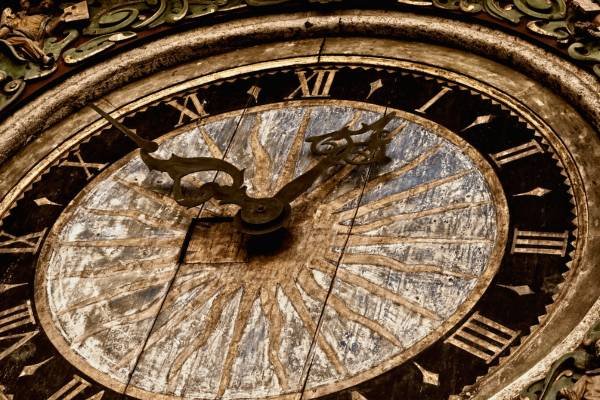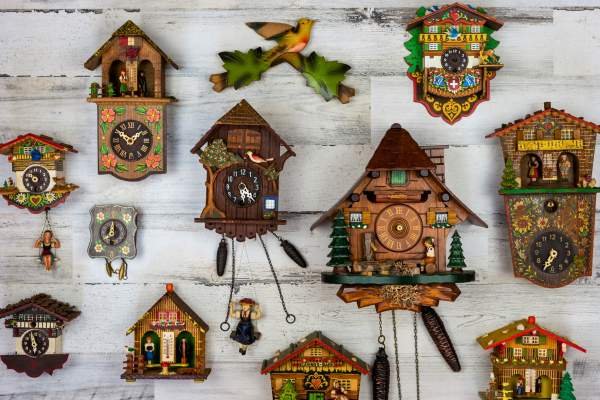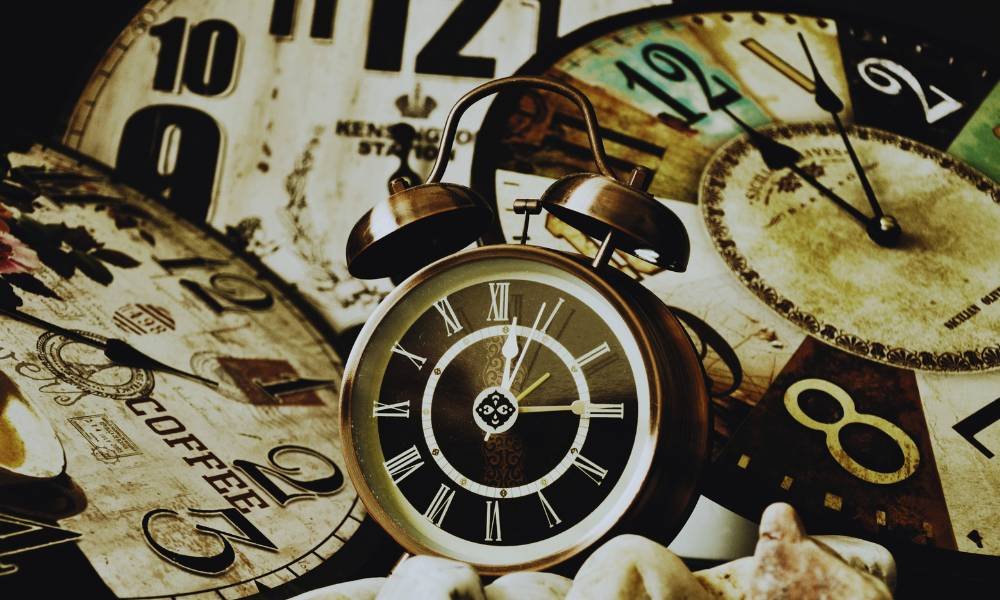Antique clocks, with their timeless charm and intricate craftsmanship, captivate a diverse audience. But who buys antique clocks? In this exploration, we delve into the fascinating world of clock enthusiasts, collectors, and savvy investors. Unraveling the motivations behind their purchases provides valuable insights into this niche yet vibrant market. From interior designers seeking unique decor to historians preserving heritage, these individuals appreciate the elegance and history embedded in each timepiece. Understanding the demographics and interests of antique clock buyers illuminates a unique segment of the collectibles market. Whether for passion or investment, discover why antique clocks continue to allure discerning buyers worldwide, blending history, artistry, and a touch of nostalgia.
Historical Significance of Antique Clocks

Antique clocks are not only timekeeping devices but also pieces of art, reflecting the rich history of clockmaking. This craft has evolved remarkably since the sundial, with innovations that marked different eras. Notable clockmakers like Christiaan Huygens, who invented the pendulum clock in 1656, and John Harrison, who developed the marine chronometer, revolutionized how we measure time. Their creations are more than mere mechanisms; they are historical landmarks that showcase technological advances and artistic excellence. Collectors and enthusiasts are often drawn to these works, valuing their significance in the chronicle of human ingenuity and the evolution of design.
Demographics of Antique Clock Buyers
The demographics of antique clock buyers are as varied as the clocks themselves. Typically aged between 30 and 65, these buyers span a range of socio-economic statuses, from affluent collectors to passionate hobbyists with moderate incomes. Geographically, these enthusiasts are found worldwide, with notable concentrations in Europe and North America. Their motivations are diverse; affluent buyers often view antique clocks as investments or status symbols, while others may seek a nostalgic connection to the past or appreciate the craftsmanship. Understanding these demographics helps sellers tailor their marketing strategies to reach the most interested audiences effectively, enhancing both buyer engagement and sales success.
Collectors and Enthusiasts
Antique clock collectors are a diverse group, often driven by a deep appreciation for historical craftsmanship. These enthusiasts typically possess a profound knowledge of clockmaking history and a keen eye for detail, enabling them to discern the subtle nuances that distinguish rare and valuable pieces. Many begin collecting out of personal interest or a familial legacy, gradually building collections that reflect their personal journeys or historical interests. For these aficionados, each clock is not just a device for telling time but a piece of history that tells its own unique story. Through their collections, they preserve and celebrate the rich heritage of horology, passing down their passion and knowledge to future generations.
Interior Designers and Decorators

Interior designers and decorators often turn to antique clocks to add a touch of elegance and historical depth to both home and corporate settings. These timeless pieces serve as focal points in a room, blending functionality with art. The current trend towards vintage and retro decor has significantly boosted the appeal of old clocks, making them highly sought-after in the design world. As designers aim to create unique, inviting spaces, the distinctive charm of an antique clock can perfectly complement both modern and traditional interiors. This fusion of old and new is key to achieving a balanced and visually appealing environment, thereby influencing the purchase of these exquisite timekeepers.
Historical and Museum Acquisitions
Historical and museum acquisitions play a pivotal role in preserving antique clocks, as these timeless pieces offer a window into the past. Museums and historical societies actively seek out such watches to enhance their collections and provide educational insights into the evolution of timekeeping technology. By acquiring antique clocks, these institutions safeguard cultural heritage and share the craftsmanship and historical significance of these items with the public. The process often involves meticulous provenance verification and careful curation to ensure each piece’s authenticity and condition, thereby maintaining the integrity of both the collection and the history it represents.
Investors in Antique Clocks
Investors in antique clocks recognize these historical pieces as more than just decorative items; they view them as viable investment opportunities. As the demand for unique, timeless artifacts grows, savvy investors closely monitor market trends to capitalize on the financial potential of these collectibles. Old watches, renowned for their craftsmanship and rarity, often appreciate in value, making them attractive assets. The financial aspect of collecting these timepieces involves understanding their provenance and market dynamics, which can significantly influence their investment returns. Regarding the question, “Who buys antique clocks?” The investor is a significant group, driven as they are by both a love of history and a desire to make profitable investments.
Global Markets for Antique Clocks
The global market for antique clocks showcases a diverse range of preferences and values. Enthusiasts worldwide are drawn to specific types based on regional artistic heritage and historical significance. For instance, European markets often favor ornate French mantel watches, while American collectors typically seek out robust grandfather clocks known for their craftmanship. Major auction houses in cities like London, New York, and Paris frequently feature these timepieces, providing insights into international demand and pricing trends. These case studies reveal that while some buyers seek the elegance of design, others value the mechanical precision, reflecting the varied appeal of antique clocks across different cultures.
Challenges and Considerations in Buying Antique Clocks
When purchasing antique clocks, buyers face several challenges and considerations that are crucial for a wise investment. Authenticity, provenance, and condition are foremost concerns, as they significantly impact the value and desirability of these timepieces. Ensuring the authenticity of an old clock involves meticulous verification of its history and craftsmanship. Provenance, or the clock’s history of ownership, adds to its narrative and value, while its condition can dictate its functionality and aesthetic appeal. Additionally, buyers must navigate the legal and ethical aspects of acquiring antique clocks, particularly in markets susceptible to counterfeit and improperly sourced items. These factors are essential for anyone involved in the antique clock market.
Conclusion
In conclusion, understanding who buys antique clocks reveals a diverse group of individuals, each with unique motivations and backgrounds. From collectors enchanted by historical significance to investors looking for lucrative opportunities, the market for antique clocks is as varied as the timepieces themselves. Interior designers, historians, and even those driven by nostalgia also play a significant role in sustaining this niche market. As we’ve explored, the allure of these intricate creations goes beyond mere aesthetics, embodying rich history and potential financial gain. For anyone interested in the timeless appeal of antique clocks, the journey involves passion, diligence, and a deep appreciation for craftsmanship.
